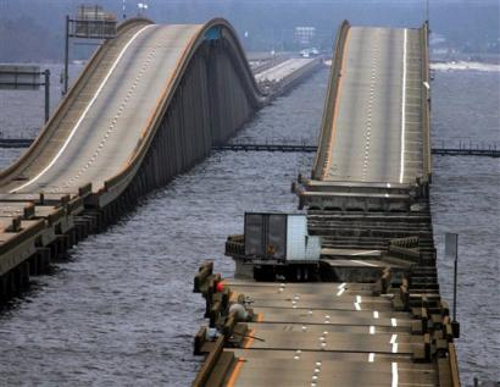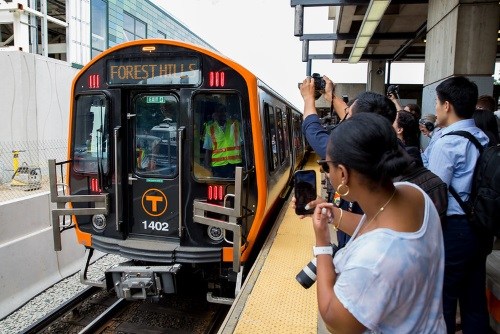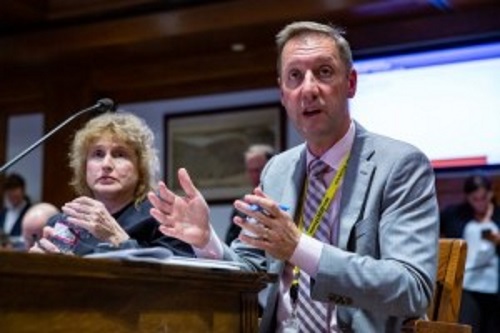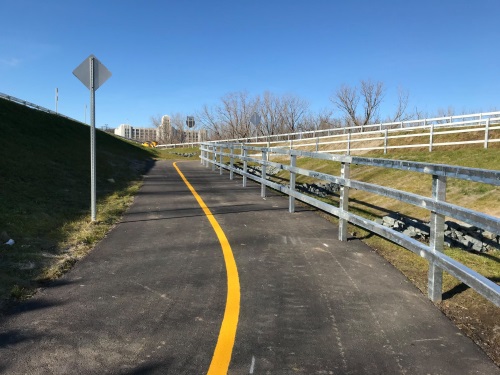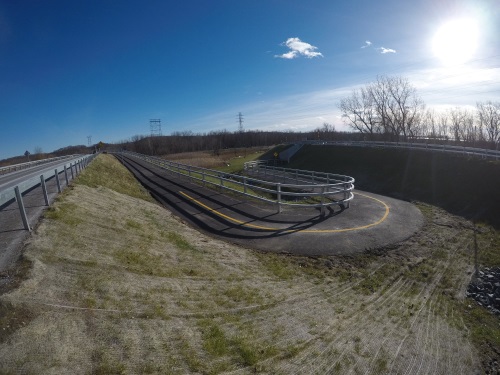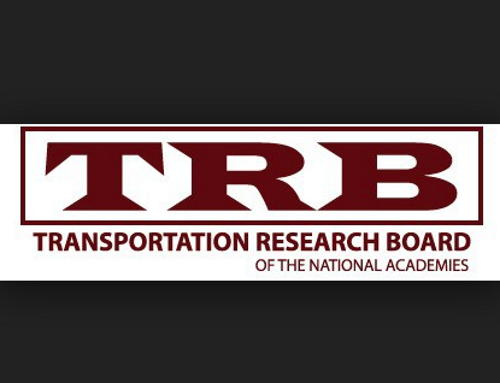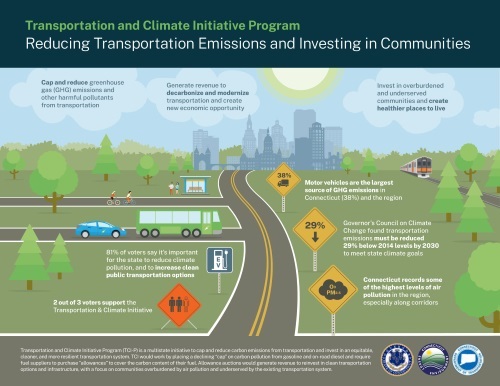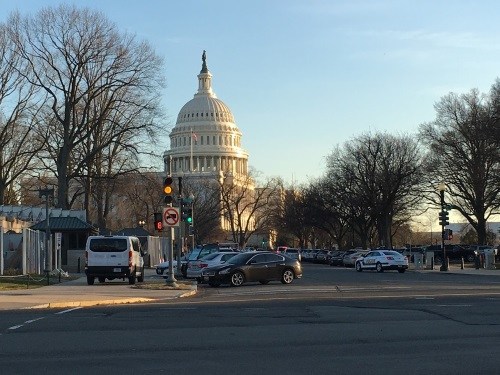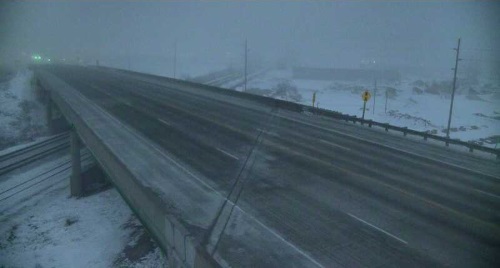Dr. Teng Wu, Mr. Shaopeng Li, and Dr. Kallol Sett from the Institute of Bridge Engineering at University at Buffalo recently unveiled a new model to improve extreme damage “risk evaluation” for coastal bridges due to hurricane wave force and storm surge.
That research focuses first on using a synthetic 10,000-year hurricane record, together with a deep neural network-based framework to predict surge and wave forces on the bridges located in specific areas. It then taps into the North Atlantic Coast Comprehensive Study or NACCS database – built to identify flood risk and mitigation strategies – which uses damage outcomes from 1,050 “synthetic hurricanes” to provide storm surge elevation and significant wave height predictions for pre-determined locations.
All of that information is then used to determine the probability of bridge failure dependent on how susceptible a bridge deck is to being lifted off its foundation structure, those researchers said; an event known as “bridge deck unseating” that is highlighted in the video below:
Dr. Wu — associate professor at the University of Buffalo’s department of civil, structural, and environmental engineering – said during a recent presentation that the reason a new coastal bridge failure model is needed centers on the rising number of Americans living in coastal regions and their corresponding exposure to severe weather.
According to a 22-page report by the National Oceanic and Atmospheric Association, almost 40 percent of the United States population – some 127 million people — now live in coastal areas that are increasingly vulnerable to severe hurricanes.
For example, Hurricane Sandy, which made landfall in New Jersey in 2012, caused $70 billion worth of damage to densely developed areas in New Jersey and New York – with the damage to roads and bridges representing a large portion of that monetary loss.
Dr. Wu noted that the training of deep neural network focuses on damage to bridges due to bridge deck unseating as that is the most common occurrence during hurricane storm surge.
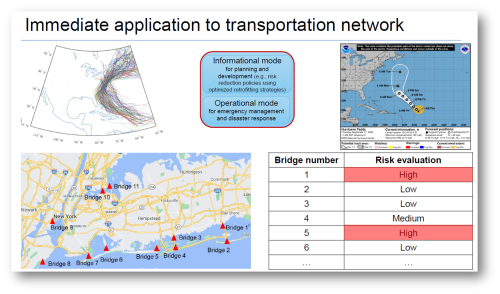
For example, during Hurricane Ike in 2008, some 53 bridges in the Houston/Galveston region suffered damage – and many of those damaged structures either were constructed of timber or were low-clearance water-crossing bridges. That’s why analyzing the type of bridge, bridge clearance, and the predicted storm surge and wave height for hurricane storm season in a particular coastal area can give valuable sustainability information and aid in risk planning and emergency response, Dr. Wu noted.
The University of Buffalo research included a case study on “simply supported” coastal bridges in New York State – a study that included a risk assessment for bridge deck unseating caused by storm surges and waves. Three different “clearances” of coastal bridges – which is the distance between the bottom of the bridge deck to the mean water level – were considered in that risk analysis, with the resulting case study looking at bridges in two different areas of the region: one close to the coastline and one in the Hudson River.
That case study found that the annual damage rate to bridges decreases as the clearance increases, and bridges at the coastline are more vulnerable to storm surges and waves due to the larger surge/wave level, as expected. What the risk analysis framework does, explained Dr. Wu, is pinpoint where risk reduction strategies will be most effective – highlight those coastal bridges with the highest risk of damage from storms, allowing for more targeted mitigation planning. Dr. Wu added that this research can also help in emergency management disaster response by highlighting the infrastructure most at risk for damage and allowing for more focused traffic management and operations planning.

